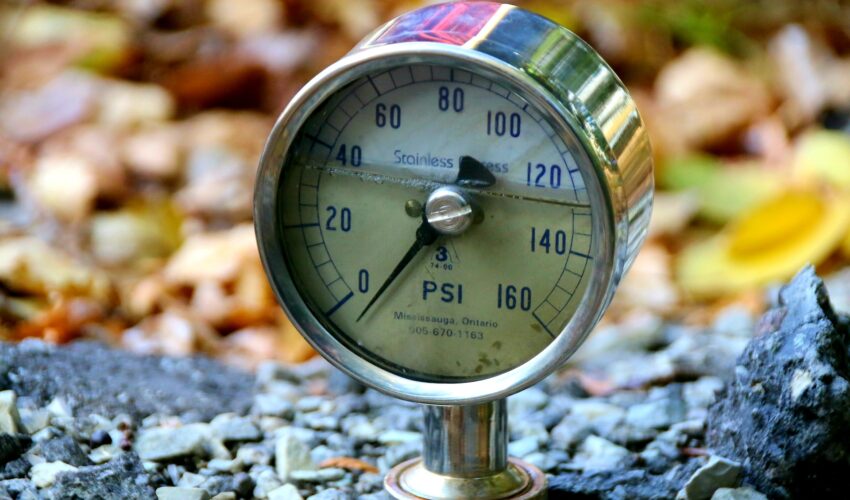Plumbing leaks can be expensive, messy, and cause serious damage to your home. If you’re planning on purchasing a home, repairing your foundation, or just want to test certain pipes for strength and structural integrity, hydrostatic testing may be the solution. Read on to learn more about this process and when it’s most often used.
What Is Hydrostatic Testing?
Hydrostatic testing is a way to measure the water tightness in your sanitary drain pipes under the foundation of your home. Technically, a hydrostatic test also checks if the water supply lines throughout the house are leaking, but that simple part of the process is generally referred to as a “static test” to differentiate between drainage and water supply leakage. Left unrepaired, sewer leaks can damage your home’s foundation and discharge hazardous sludge underneath your home.
The hydrostatic testing process looks something like this:
- First, the technician will put a gauge on an outdoor hose bibb, then turn the water meter off to determine whether there are any water leaks on your water supply piping. As previously mentioned, this is commonly called a “static test”, but should always be done when checking the drain piping because it is a very simple process and can eliminate the possibility of water supply lines causing the issues in question.
- Next, the technician will insert an inflatable ball into your home’s mainline drain cleanout, then inflate the ball enough to fully plug the drain line under your home.
- While this line is blocked, the technician may then remove a toilet and use the hole to monitor the water level in the drain below. The technician will fill the drain line with water until it reaches the level of your home’s foundation.
- After about 15 minutes, the water level is checked to see if it holds.
If the surface level of the water begins to drop even while the sewer line is blocked or the water is unable to fill to foundation level, this can be a sign of a leak somewhere in your sewer system.
When Should Hydrostatic Testing Be Performed?
There are many different methods to determine the source of a problem with a building’s plumbing system, but a hydrostatic test is generally used when the building drain system is the suspect. Once the drain piping exits the footprint of the home, it is called “sewer” piping and it is tested with different methods, such as a video drain inspection.
You might want a hydrostatic test when:
- You’ve noticed cracks or movement in your foundation, especially if it’s a sudden problem on an older home with no previous foundation issues.
- You have a reoccurring stoppage in your drain line without a reasonable explanation.
- You’re planning to purchase a home or put your home on the market and want to ensure the drain lines are in good working condition.
- You’re scheduling certain types of home repairs, including sewer line or foundation repairs.
By performing a hydrostatic test, you’ll have the peace of mind of knowing that your wastewater pipes are in good working condition—or if it’s not, what needs to be repaired. If left unfixed, leaking drain pipes can cause significant damage, so the sooner you schedule hydrostatic testing, the better.
Conclusion:
At Northeast Air Conditioning, Heating & Plumbing, we offer hydrostatic testing along with diagnosis and repair services. If you’re planning to purchase a home, completing foundation repairs, or want to troubleshoot your sewer issues, give us a call today at (210) 658-0111 to schedule an appointment. We’ll work with you to detect any plumbing problems and help you find the best solution.
Photo by Richard Burlton on Unsplash


